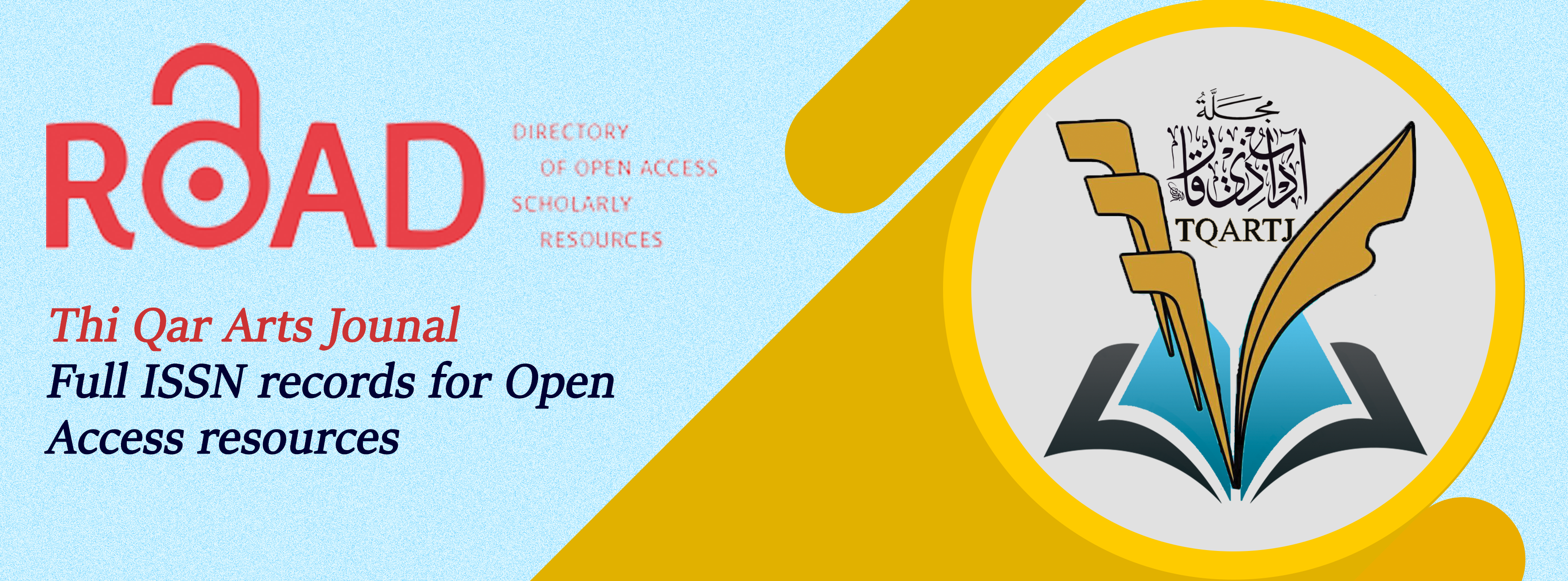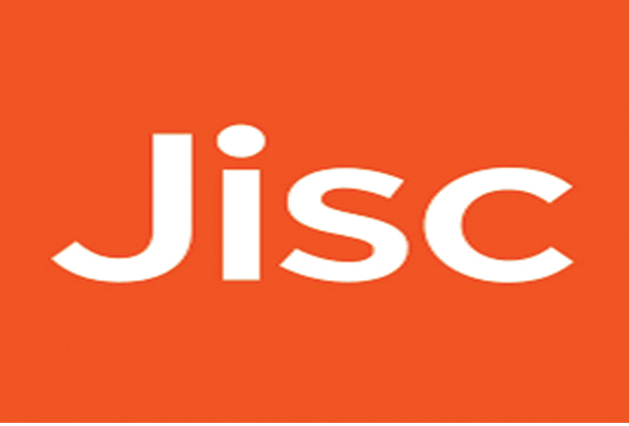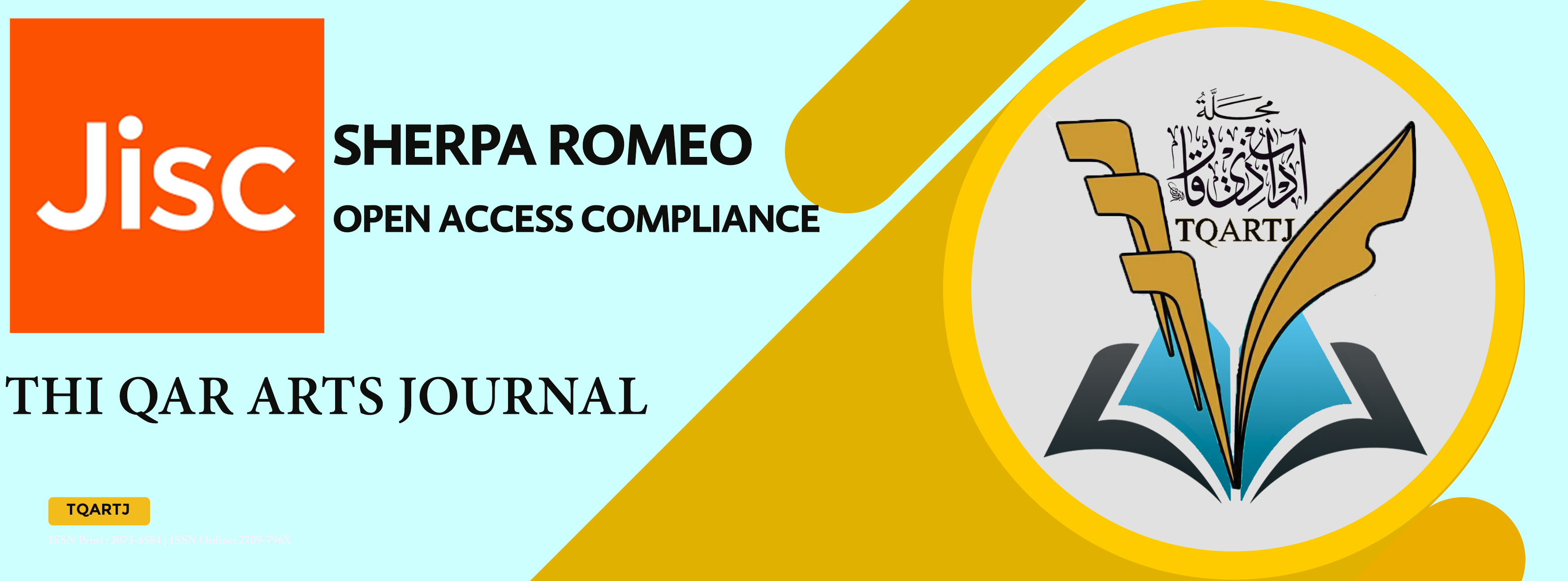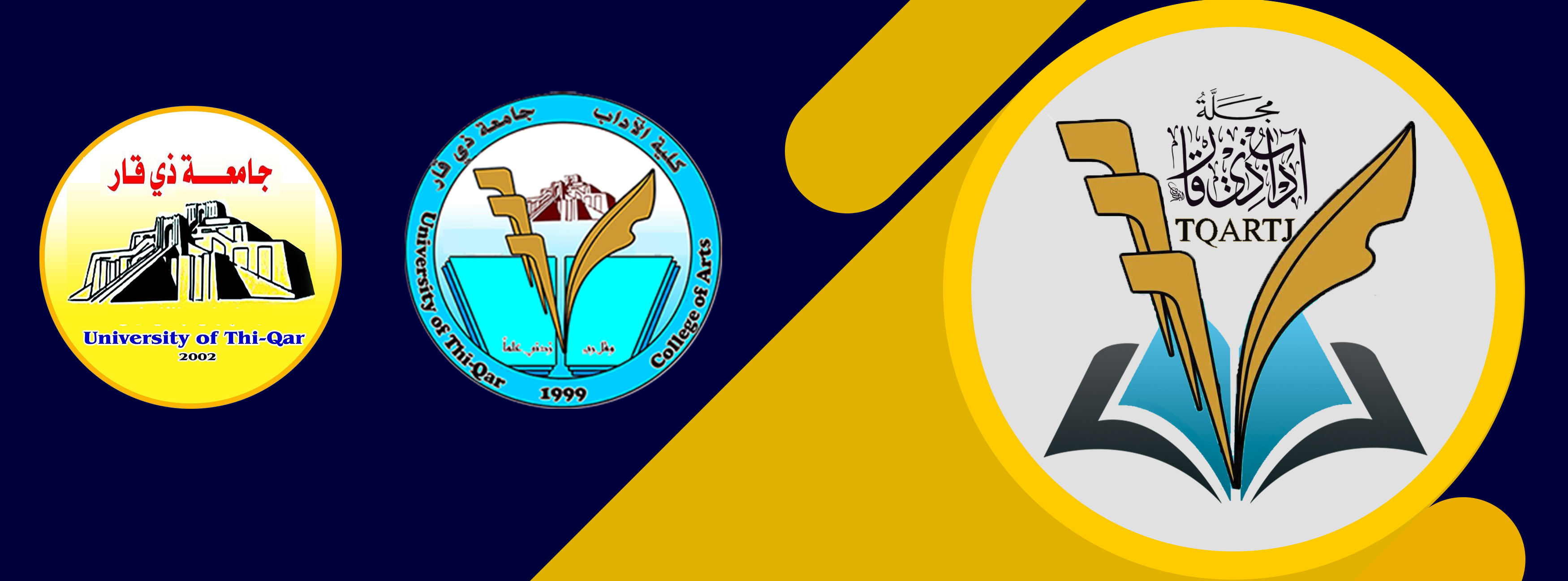Modeling spectral indicators (NDVI- LST- SMI) to improve the management of morpho-environmental urban systems in Al-Mada’in district using RS & GIS technology
DOI:
https://doi.org/10.32792/tqartj.v5i50.789Keywords:
Morpho-ecological systems, the district of Al-Mada'in, soil structure, vegetation cover, energy and moisture exchange.Abstract
The Difference in Vegetation Index (NDVI), Land Surface Temperature (LST) and Soil Moisture Index (SMI) are crucial for the management of morpho-ecosystems. This study was applied to the Al-Mada’in District, south of Baghdad Governorate, with an area of (1311.84/km2), As for the location of the region astronomically, it is located between two circles of latitude (32° 59' 50" - 33° 27' 16") north, and two arcs of longitude (44° 28' 59" - 44° 56' 29") east. The increase in degrees Temperature and low amounts of soil moisture due to the removal of vegetation cover to replace barren lands or urban areas. Therefore, the study will provide an analysis of these indicators that will reveal temporal and spatial changes for the period (2013-2023), based on Land Sat-8 satellite data, and detect changes. Morpho-environmental data by drawing on global terrestrial ecosystem data set categories developed by the USGS, The Nature Conservancy, and Esri.
The research aims to enhance the understanding of human impacts on morpho-ecological systems using remote sensing, with implications for integrated management, as the variables of these systems are of particular importance, such as vegetation, which affects the exchange of energy, moisture, and carbon fluxes at the atmosphere interface. Ground.
In this study, 30-m multispectral thermal bands and 100-m thermal bands from the Landsat-8 satellite (including OLI and TIRS sensors), were downloaded from the USA USGU website (www.earthexplorer.usgs.gov), and from Then prepare multispectral beams for subsequent calculations by analyzing band 4 and band 5 data and digital data of band 10 of the thermal infrared (TIR) sensor to estimate the land surface temperature (LST) in the study area. In this research, the TIR band is used 10) to derive (LST) instead of band 11 because TIR band 11 has greater inaccuracy compared to deriving LST.
The simulation results showed a change in the density of vegetation and land surface temperature as a result of the change in land cover. In general, a negative change occurred in the area of agriculture, forests, and water bodies, while a positive change appeared in the building area. Therefore, this study will provide the necessary tools to predict the amounts of Increase and decrease in areas of morpho-ecosystems Until the year 2050.
Downloads
References
1
Published
Issue
Section
License
Copyright (c) 2025 Dr.Maher AbdulMajeed AbdulRazaq Author Dr.Ahmed Mees Sadkhan Author Prof. Dr. Ali Majeed Yasseen

This work is licensed under a Creative Commons Attribution 4.0 International License.
The journal applies the license of CC BY (a Creative Commons Attribution International license). This license allows authors to keep ownership of the copyright of their papers. But this license permits any user to download, print out, extract, reuse, archive, and distribute the article, so long as appropriate credit is given to the authors and the source of the work. The license ensures that the article will be available as widely as possible and that the article can be included in any scientific archive.



















